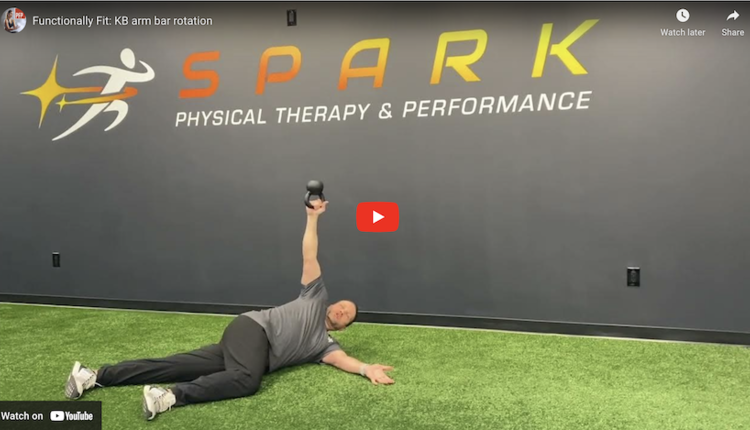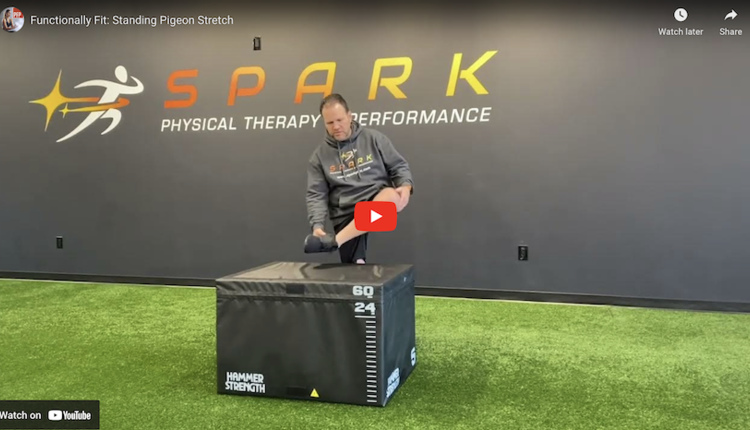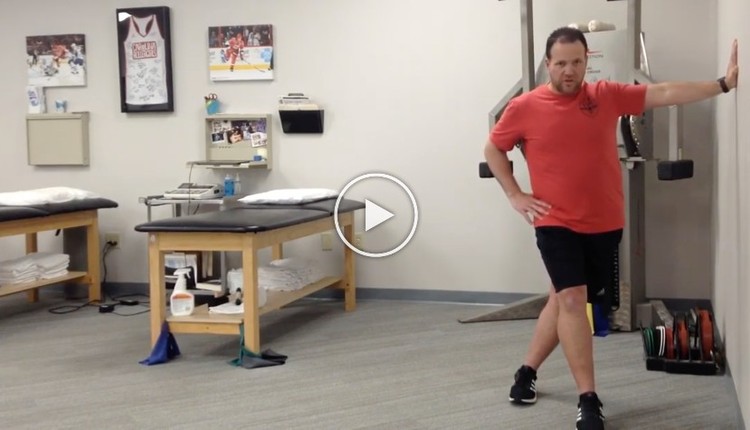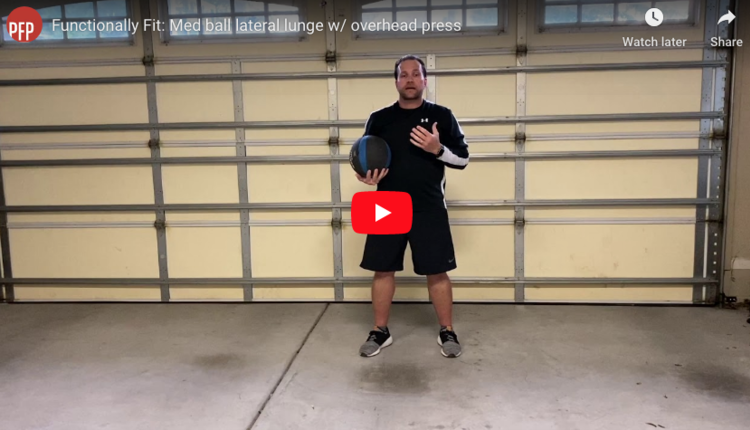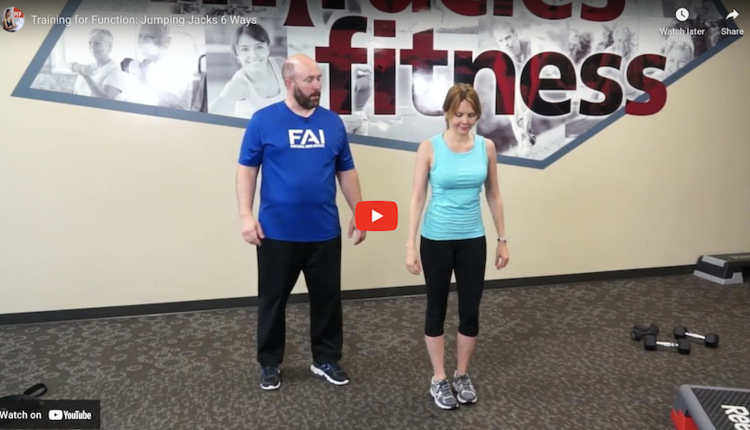Poor muscle activation and endurance causes impaired movement of the scapula and may impart undue stress on the glenohumeral joint. Dysfunctional movement is common with shoulder pain and impingement, and this is especially problematic for those performing overhead activities.


Upward rotation of the scapula is the result of a force couple between the upper and lower trap along with the serratus anterior. If any of these muscles are weak, rotation can be limited and overpowered by the rhomboids and levator scapulae muscles (both downward rotators). This pattern of muscle dominance is common.
In addition, tightness in the rhomboids, levator scapulae, pec minor or latissimus can also restrict normal mobility. Stretching the chest and lats is helpful, but it is critical to encourage proper muscle firing patterns in the traps and serratus anterior as well. The serratus anterior serves to prevent winging.
This exercise will focus on serratus anterior activation using a foam roller and resistance band.
Execution:
Begin standing facing a wall. Position a foam roller at or just above shoulder height on the wall. Place a mini band or small theraband loop around the wrists. Next, press the lower end of the forearms against the foam roller while keeping the arms in neutral rotation.
Slowly slide both arms up the wall as the elbows move close to the roller. Pause at this point, and then slowly return to the start position. Focus on keeping tension against the band to maintain neutral rotation of the shoulders throughout. Repeat 10 times for 2-3 sets.
Progressions:
1. Increase the degree of resistance and/or time under tension
2. Without the foam roller, perform single arm slides or upward movements in various positions (e.g. 10, 12 or 2 o’clock, while maintaining the other arm in neutral against the wall.
Regression:
1. Perform the exercise without resistance
Application:
The exercise is designed to facilitate serratus anterior and proper scapulo-humeral rhythm. It is helpful for overhead athletes, weight lifters and those performing overhead lifts to optimize movement mechanics and reduce the risk of rotator cuff impingement. The exercise can be part of a warm-up or prehab routine. Note: this exercise should not cause any discomfort so do not force through painful range of motion.





